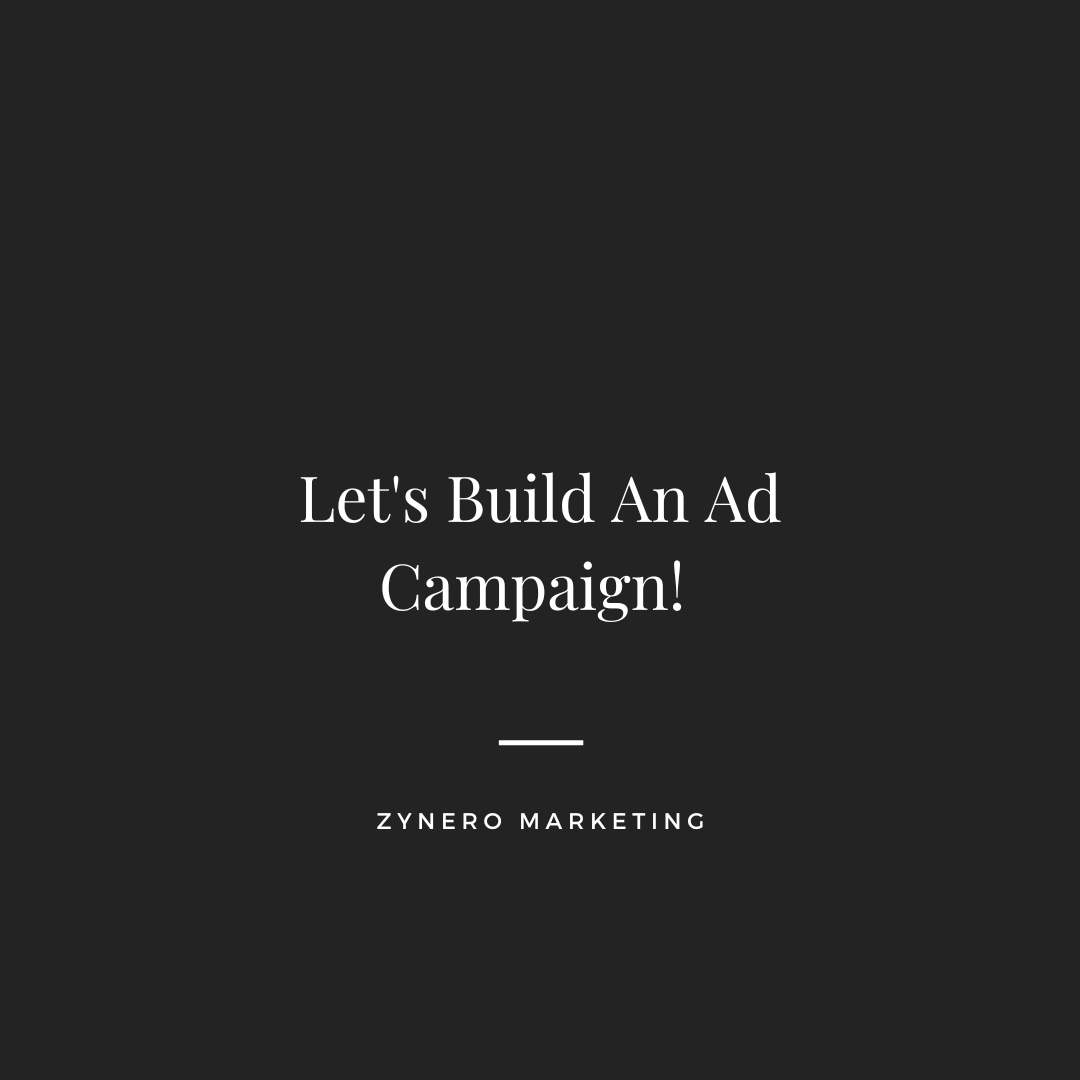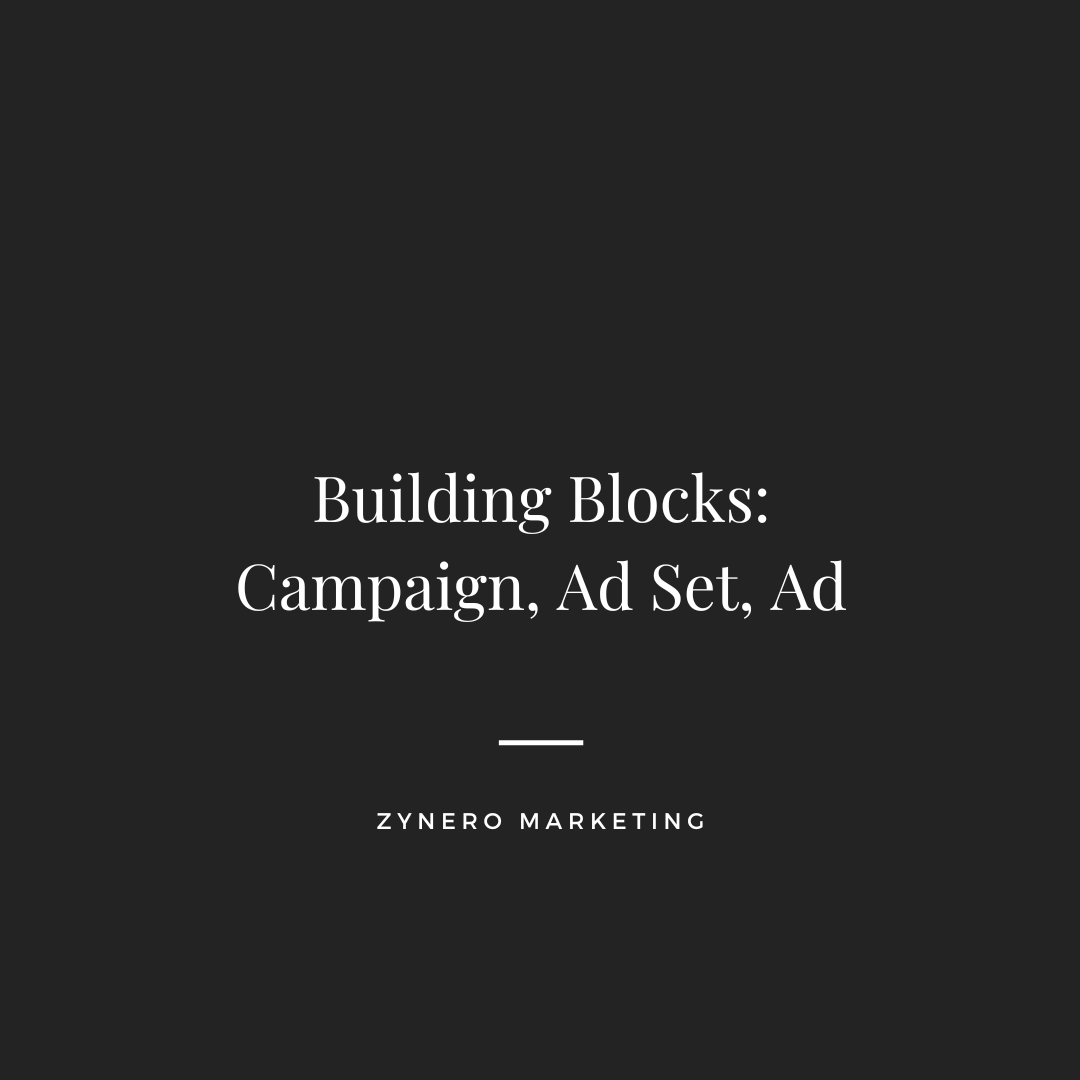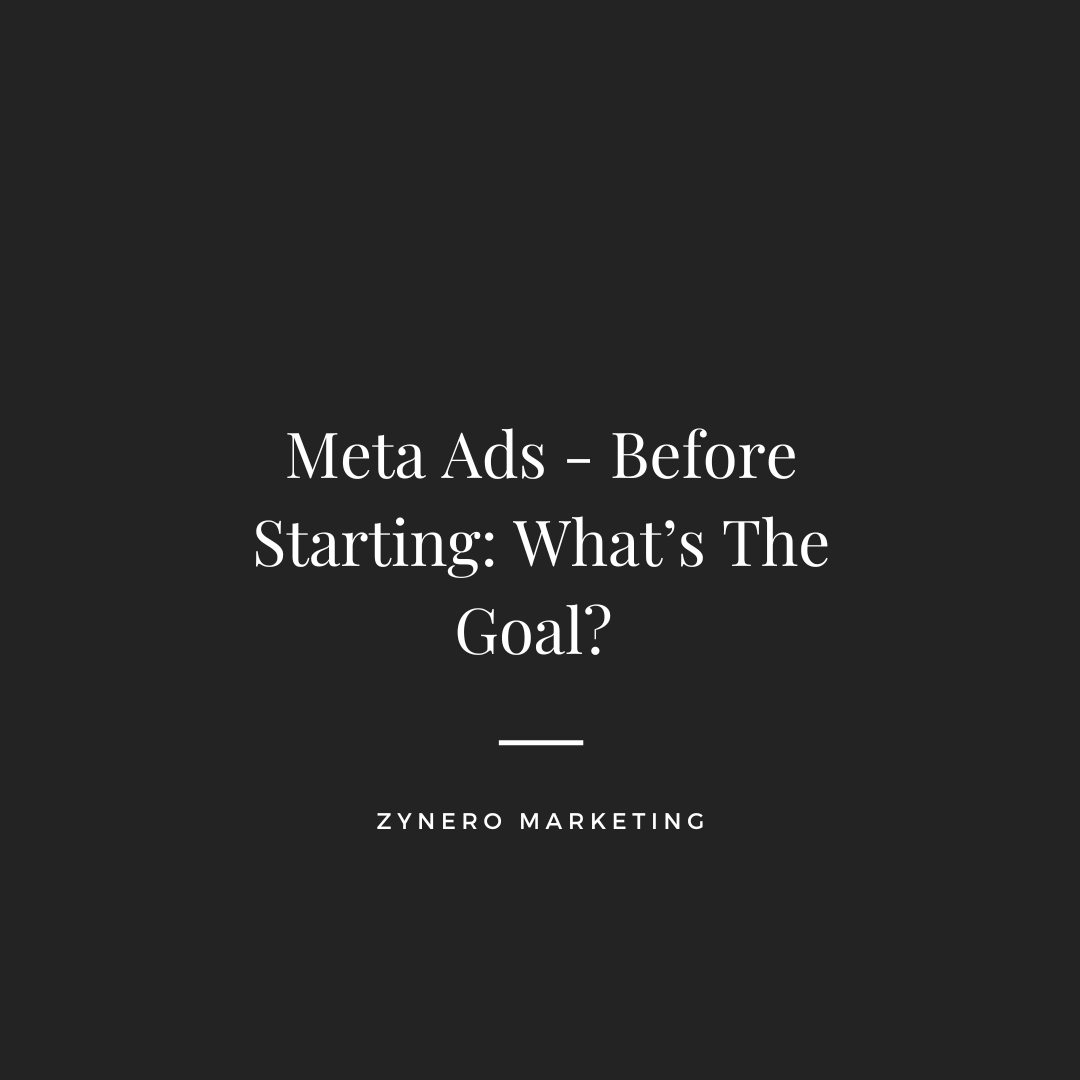Creating a Meta Ads campaign involves several key steps, managed primarily through the Meta Ads Manager tool. This guide will walk businesses right here in Bend and across Central Oregon through the process.
Step 1: Hopping into...
Meta Ads are structured in a hierarchical manner, often compared to a set of nested folders or Russian dolls. This three-level structure helps organize advertising efforts:
This structure allows for both broad strategic planning at the Campaign level (defining the overarching objective) and detailed tactical execution and testing at the Ad Set and Ad levels. An advertiser can systematically test variables, such as comparing two different target audiences (using two Ad Sets) under the same campaign objective with identical ads, or testing two different ad creatives (as two Ads) within the same Ad Set targeting the same audience.5 This modularity is fundamental to optimizing ad performance.
The framework is designed for scalability, accommodating everything from a single, simple ad to complex campaigns involving thousands of variations. The clear separation of concerns—objective at the Campaign level, targeting and budget at the Ad Set level, and creative content at the Ad level—maintains organization as advertising efforts grow. This robustness means that the foundational knowledge gained by a beginner remains applicable even if their projects expand significantly.
Furthermore, this structure underpins advanced optimization features like Advantage+ Campaign Budget (formerly Campaign Budget Optimization or CBO). When this feature is enabled at the campaign level, Meta's AI can automatically allocate the campaign's budget across its different ad sets, prioritizing those that are performing best in real-time.7 This dynamic budget allocation is possible because of the distinct Ad Set layer, demonstrating how the organizational structure itself enables sophisticated AI-driven optimizations.
Lorem ipsum dolor sit amet consectetur, adipisicing elit. Ipsa libero labore natus atque, ducimus sed.


